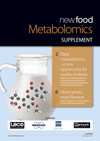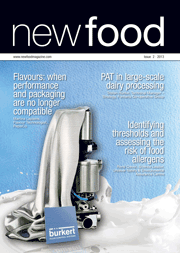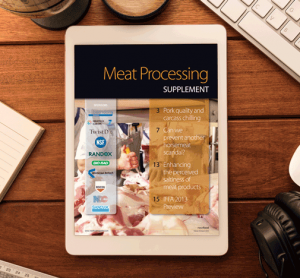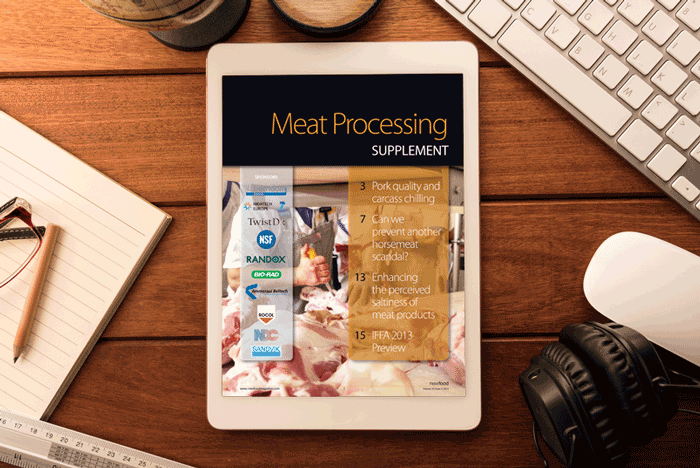Metabolomics supplement 2013
24 June 2013 | By Robert D. Hall, Amparo Gamero Lluna, Catrienus de Jong
Plant metabolomics – a new opportunity for quality analyses (Robert D. Hall, Managing Director, Centre for Biosystems Genomics, Group Leader Metabolic Regulation, Plant Research International)Novel yeasts, novel flavours (Amparo Gamero Lluna and Catrienus de Jong NIZO food research B.V.)











